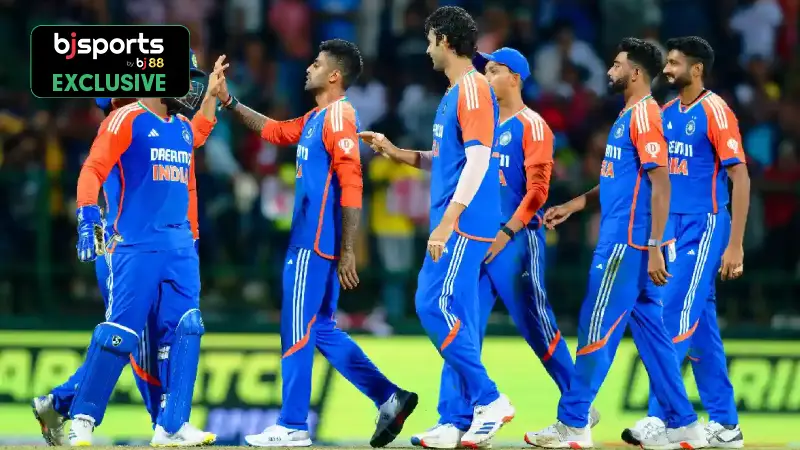
The toss – one of the most debated parts of cricket in a game. Captains come together and toss a coin, they put their hands behind their backs and show me their clasped hands – now. But in the Pakistan Super League (PSL), winning the toss – is it a golden ticket to winning, or is it another overhyped part of a game that fans and commentators lord over? In a format that is designed to be fun, can change on one ball, we look into whether fact-calling heads or tails can sway the result of the game, or simply the most exaggerated part of the game of cricket.
Toss Win: Breaking the Illusion
At first glance, the toss appears to provide a huge advantage. You choose to bat or bowl, assess the conditions, and conduct the chase or defend accordingly. There is, however, a twist, as during the PSA season from 2016 – 2025 (308 matches), 179 games were won and 121 were lost, thus a win/loss ratio of 1.479, and teams have a higher chance of winning and losing irrespective of the toss. What matters? Execution.
Of course, conditions do matter related to pitches, especially in Pakistan in places like Karachi or Lahore, when the under-lights are very different. But so is player execution. Teams have collapsed following a winning toss and batting first, or not chased after winning the toss and bowling first. Moreover, in high-pressure situations such as knock-out games, the toss advantage is less apparent.
Bat First or Bowl First? It’s Not That Simple
One of the most frequently debated toss options: which to choose, bat first or chase? Chasing has become popular in modern-day T20 cricket, as teams mostly prefer to “know the target,” and the dew factor can make batting second difficult for the bowlers in night matches. The PSL is no exception. Some of the most authoritative victories have come when chasing, with openers being aggressive and the pace of innings being commendable.
But here is the kicker, some of the lowest totals, including a depressingly low total of 73, have resulted when the team chasing has chosen to bowl second after winning the toss. So, while captains probably feel comfortable that they are making the right decision by choosing to bowl, it hasn’t always guaranteed success. A bad chase and/or loss of early wickets and/or scoreboard pressure has cost the best teams games.
Now, the converse of the toss situation is what batting first allows teams to do. There is a record high team score in PSL history of 253 runs. Nobody just happens to score this kind of number just by default. A team scores that amount regardless of the option they take after the toss. Essentially, it comes down to intent, planning, and momentum.
Toss Decisions Under the Microscope: A Captain’s Gamble
In the PSL, we have seen established captains like Babar Azam and Imad Wasim have their manoeuvrings with the coin scrutinised by journalists. The toss has a certain crystal ball aspect to it. Sometimes, the experienced captains make a decision based on the pitch and conditions, and they get it right. Other times, the match changes pace quickly, and a toss can come back to bite them. The toss is not only about the pitch but also about reading the game mood, and how the mental aspect is playing on the players.
Statistics can only do so much. In PSL, the average runs per over (RPO) is 8.49 per match, with teams averaging 26.09 runs per wicket. In which case, just a little bit unlucky in how players are deciding, and even the slightest mistake with a judgment on bounce or grip can be the difference between winning and losing. While the toss gives you your choice, it does not give you certainty, and with cricket, certainty is a delusion.
Disclaimer: This Exclusive News is based on the author’s understanding, analysis, and instinct. As you review this information, consider the points mentioned and form your own conclusions.
 ILT20 2025: Predicting Desert Vipers XI for match 8
ILT20 2025: Predicting Desert Vipers XI for match 8 ILT20 2025: Predicting Gulf Giants XI for match 8
ILT20 2025: Predicting Gulf Giants XI for match 8 What IND’s Playing XI Could Look Like Against SA in the 1st T20I of South Africa Tour of India 2025
What IND’s Playing XI Could Look Like Against SA in the 1st T20I of South Africa Tour of India 2025 OTD: One-day debuts for Michael Slater and Glenn McGrath in 1993
OTD: One-day debuts for Michael Slater and Glenn McGrath in 1993

